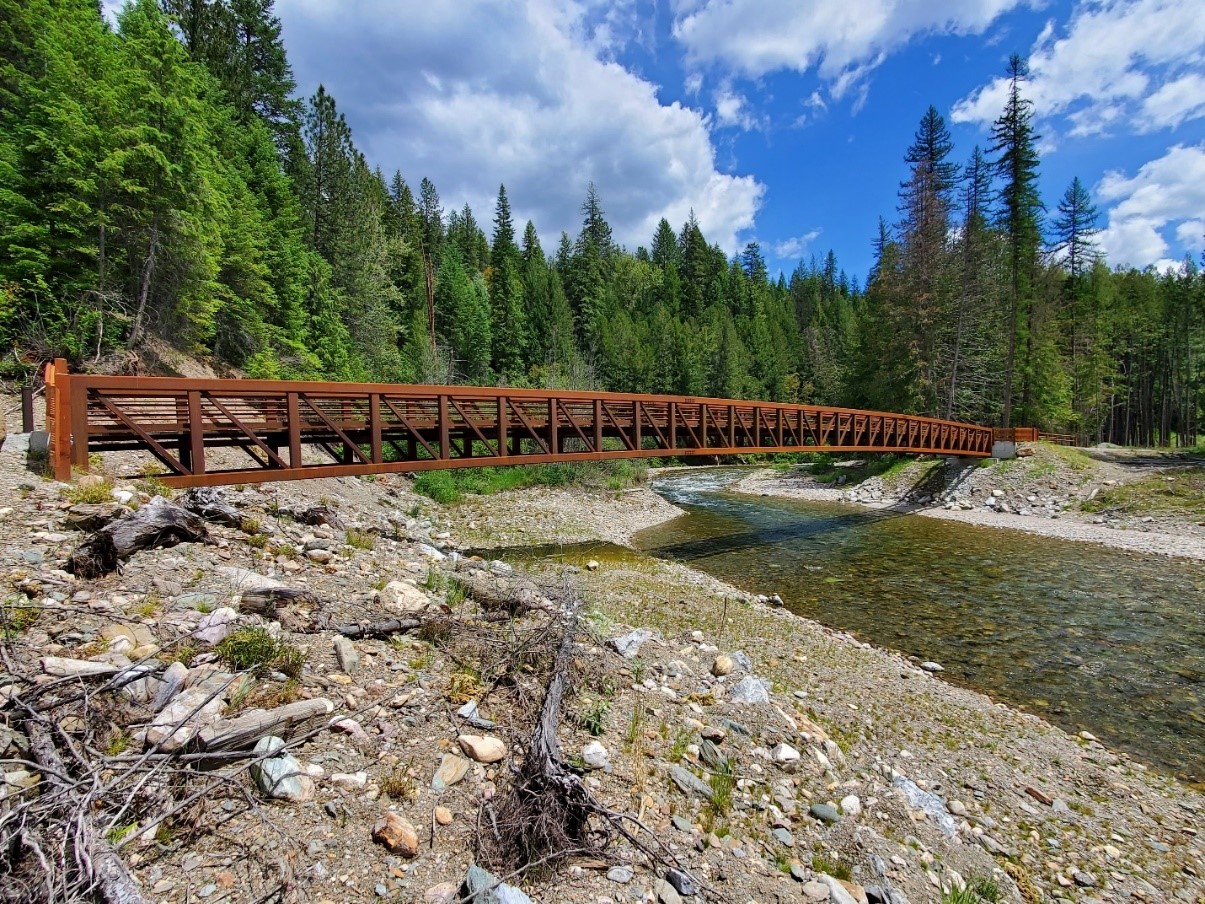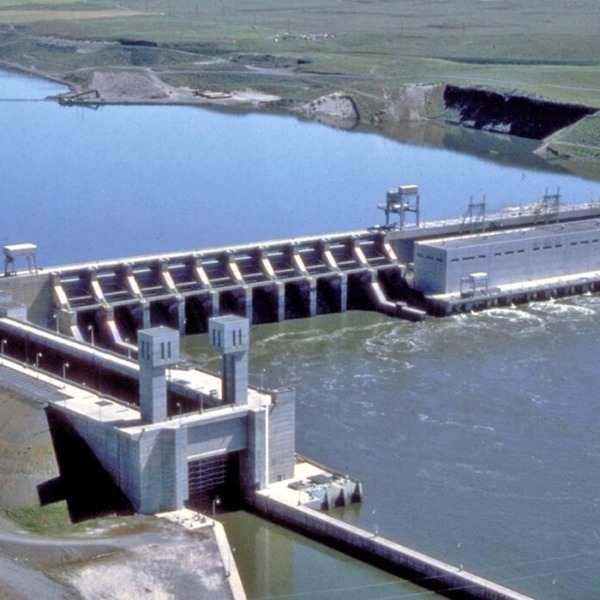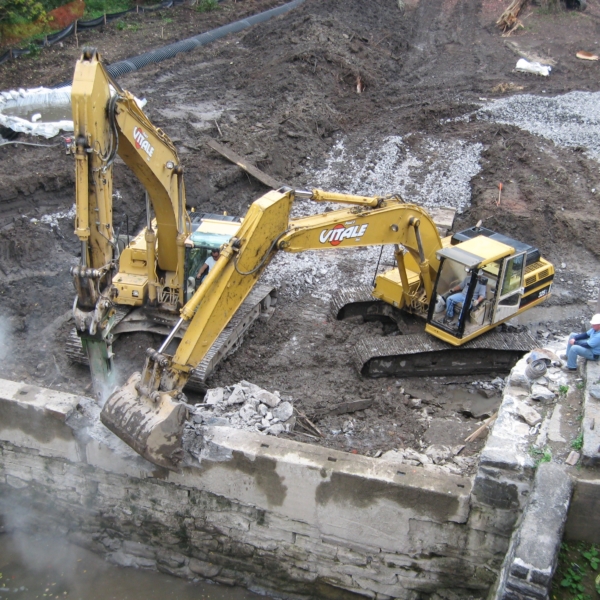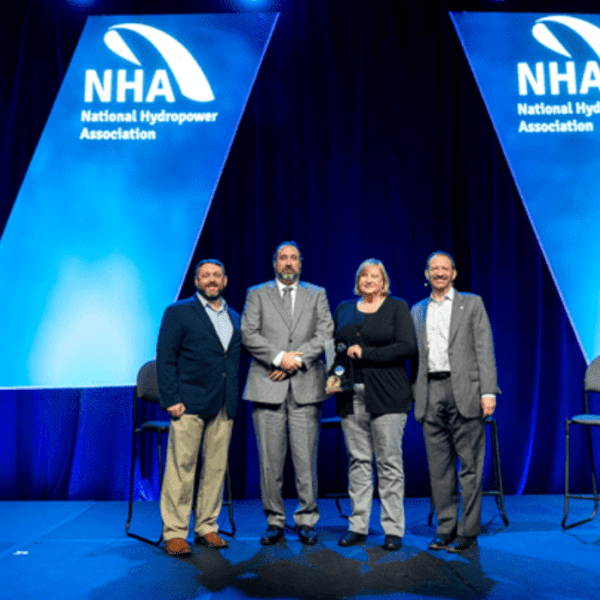When a dam no longer serves a useful purpose, removing it is an option that comes with the benefit of restoring the waterway’s natural flow and rehabilitating native fish populations.
But removing a dam is no easy task.
Seattle City Light was faced with this challenge over the past four years as it worked to implement multiple projects to remove a no-longer-used 55-foot-high concrete dam on Sullivan Creek and restore more than 15 miles of stream channel within the Sullivan Creek watershed in eastern Washington State, about 80 miles north of Spokane.
With the completion of the dam removal and stream restoration, both the utility and the stakeholders working with Seattle City Light on the relicensing are pleased with the results.
Today, the banks of the creek are flourishing with trees and other native vegetation in an area that sat dormant underwater for more than 100 years.
While no official data is available yet, anecdotal evidence from fishermen indicate that the fishery within Mill Pond is returning and is improving across the watershed.
Seattle City Light is seeing people who live in the area enjoy the restored site in a variety of ways … fishing, walking the nature trails, and having picnics and family gatherings. During COVID shutdowns, having the site available was especially important – folks could enjoy the site, but be socially distant and safe at the same time.
“Seattle City Light is an excellent partner with the Colville National Forest and continually exceeds the Forest Service’s expectations in the planning and implementation of aquatic restoration projects on the Colville National Forest to improve aquatic conditions and make positive community contributions in rural north Pend Oreille County in Washington State,” says Kate Day of the U.S. Department of Agriculture’s Forest Service.
“City Light personnel genuinely care about implementing quality projects and are not simply fulfilling license requirements, but ensuring that their work fits within the objectives of partner agencies and landowners and meaningfully achieves larger conservation outcomes in the lower Pend Oreille basin with a focus in Sullivan Creek,” says Day.
The Deep Dive: The Approach to the Removal and Restoration
The removal of Mill Pond Dam and restoration of Sullivan Creek is part of the work Seattle City Light is conducting as a condition of the new license (relicense) it received from the Federal Energy Regulatory Commission (FERC) in 2013 for its 1,004-MW Boundary hydroelectric project. The project supplies more than 30 percent of Seattle’s electric power needs.
The license requires the utility to restore Sullivan Creek, the largest tributary to Boundary Reservoir, including removing the Mill Pond Dam, constructing engineered log jams (ELJs), and reconnecting side channels to improve instream habitat. The restoration approach involved helicopters and pulling over large trees to form log jams using cables and winches as well as traditional ground-based heavy equipment. By using a variety of methods suited for site-specific conditions, these measures are restoring fish habitat and ecological processes degraded by past land use practices.
The overarching goal of the restoration is to increase quality, quantity, and connectivity of habitat within the watershed. The objectives include increasing habitat diversity, increasing the frequency and size of pools, sorting channel substrate to create areas of spawning gravel, and establishing a natural sediment transport regime.
Mill Pond Dam was originally constructed in 1909 using a log crib design. Twelve years later, in 1921, this structure was replaced with a 134-foot-long, 55-foot-high concrete dam. The concrete dam was used for active operations until 1956 when the elevated wooden flume that carried water to the powerhouse froze over and failed.
Even though the dam was no longer serving a useful purpose, with the structure in place, downstream sediment and wood transport continued to be disrupted, which resulted in degraded habitat for spawning fish. The dam also prevented upstream movement of fish and contributed to elevated stream temperatures above what is ideal for native Westslope cutthroat trout and bull trout.
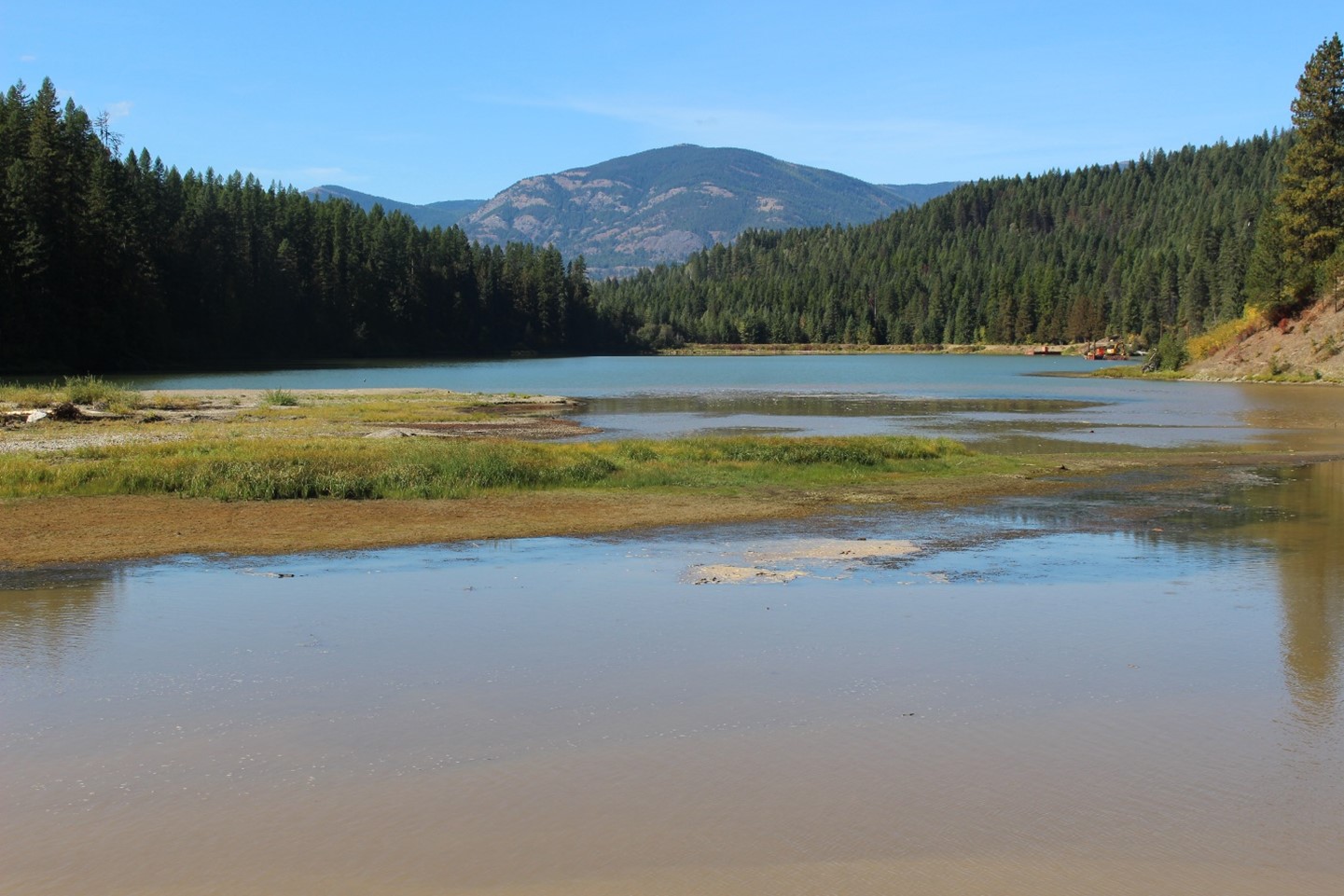
Planning for the removal of the Mill Pond Dam began in 2013 and the implementation phase beginning in 2017 with the demolition of the dam and initial restoration of the creek. The 2013 FERC license specified removing the dam using a cofferdam to hold back the water while the dam was removed and lowering the water level, retaining all sediment on site, and installing a highly engineered stream channel system requiring many instream structures locking the channel into a single pre-determined elevation and location.
However, once the planning phase got underway, it became clear that the high concentration of sand and silt within the pond made the approach specified in the license infeasible and inconsistent with natural watershed processes.
“When you’re in a relicensing process, you don’t always have the field data and engineering information needed to design the project,” says John Armstrong, Seattle City Light’s manager for the Boundary license implementation. “Our license was pretty prescriptive about how the dam had to be removed and we realized that just couldn’t be the case in our situation.”
To resolve that challenge, the utility and its stakeholders brought in experts during the planning phase, including geomorphologists and ecologists from the University of Washington and dam removal engineers from the U.S. Department of Interior’s Bureau of Reclamation to help envision a holistic approach to the project. Later in the project during the design and implementation phase, Seattle City Light looked to the design firm Natural Systems Design and contractor Envirocon, Inc. to help realize the goal of dam removal and full site restoration.
Design decisions were driven by a focus on watershed resiliency, creating a complex and dynamic braided stream channel that can freely adjust to a variety of flow conditions. The design that Seattle City Light finally arrived at included building more than 100 large woody debris structures located in both the main channel and side channels, which are activated in higher flows, as well as structures dispersed within the channel migration zone.
The design approach to the restoration of the Mill Pond dam site and areas upstream focused on achieving a dynamic multi-threaded channel with an engaged floodplain rather than an engineered channel. Floodplains provide a buffer against changes in hydrology resulting from climate change by dissipating erosive energy in high flow events and storing groundwater to provide a cold water source during increasingly hot dry summers. Other benefits include healthier riparian forests that are more resistant to high intensity wildfires and carbon sequestration.
“We tried to build a resilient floodplain capable of adapting to a variety of streamflows,” Armstrong says. “It’s designed with an eye toward climate change and the variety of flow conditions we may have in the coming years.”
This approach required final channel and floodplain elevations to match the pre-dam conditions. To achieve this, several hundred thousand cubic yards of accumulated material had to be flushed from the pond site. To accomplish this flushing, the project team decided to use the “power” of the water flowing in Sullivan Creek and an upstream water storage reservoir to flush the accumulated sediment out of Mill Pond.
Stream channels have an enormous ability to transport silt and sand during normal flow conditions and can transport larger gravel during high spring flows. The project timing was such that the majority of dam removal activities occurred in the fall, during the low flow period, allowing the spring runoff event to transport a significant amount of material downstream in a short amount of time. This strategy eliminated trucking material off site and allowed the stream to actively promote restoration of a stable channel. Strategic releases of water from an upstream reservoir created manmade spring runoff events which further increased the effectiveness and power of sediment transportation.
“We’ve learned from other dam removal projects in the Pacific Northwest, like the Condit and Elwha dam removals, to allow the creek to do as much of the work as possible in removing accumulated sediments and debris,” Armstrong says.
Since 2018, when most of the work was completed at Mill Pond, connectivity has been restored to more than 46 miles of upstream habitat. To date over 3,000 pieces of large wood, including many full trees with rootwads, have been placed in Sullivan Creek in over 160 log jams to improve fish habitat and address habitat loss associated with past land use and resulting channel incision that decoupled Sullivan Creek from its floodplain.
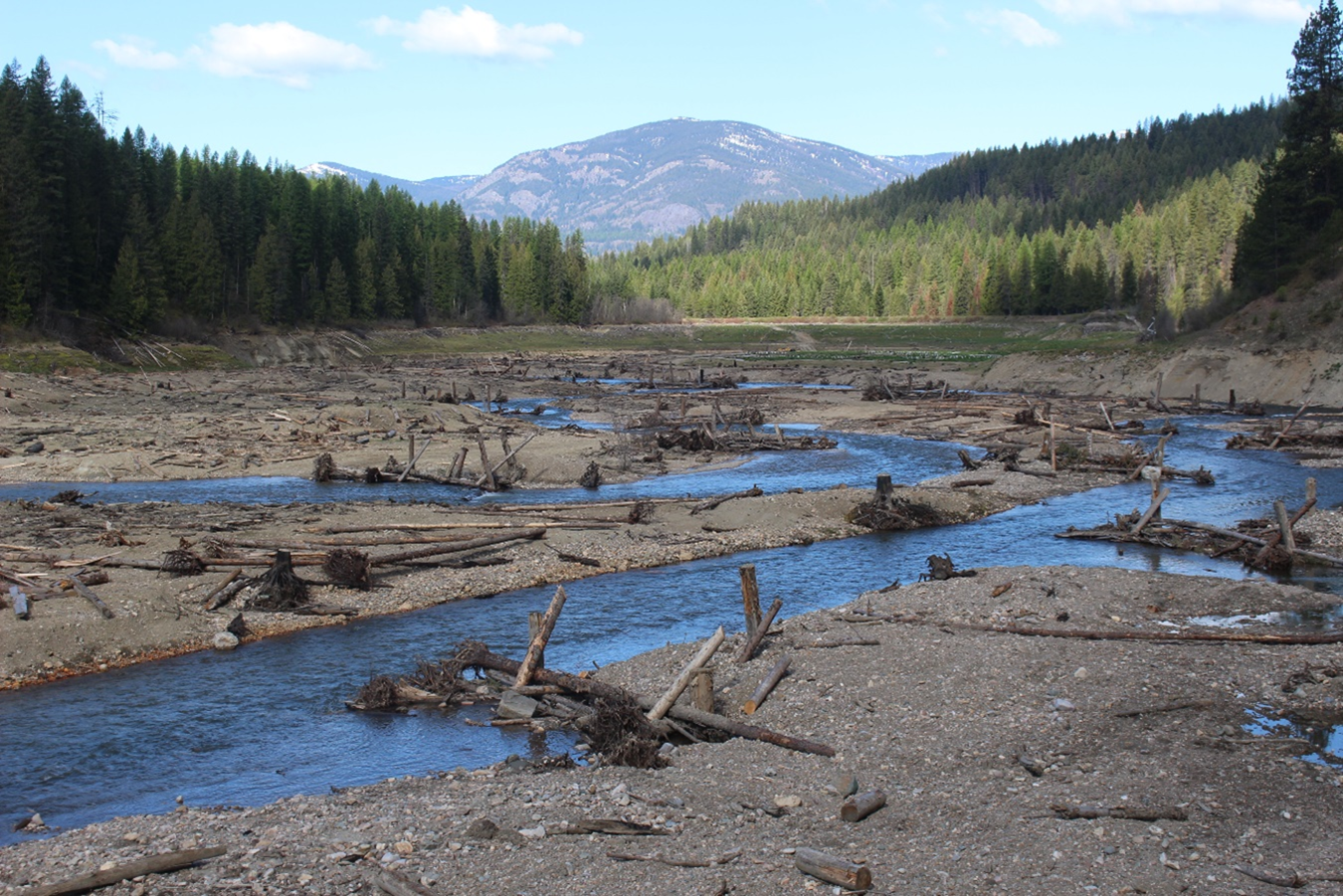
The end result has been a re-engagement of over 150 acres of floodplain, activation of two miles of additional side channel, and miles of high-quality habitat with deep pools, spawning gravel, wetlands, and cover for native fish.
Within the Mill Pond Dam site, Seattle City Light also built dramatic metal walking bridges that connect to trails which loop around the former pond site and provide an all-encompassing view of the restored area.
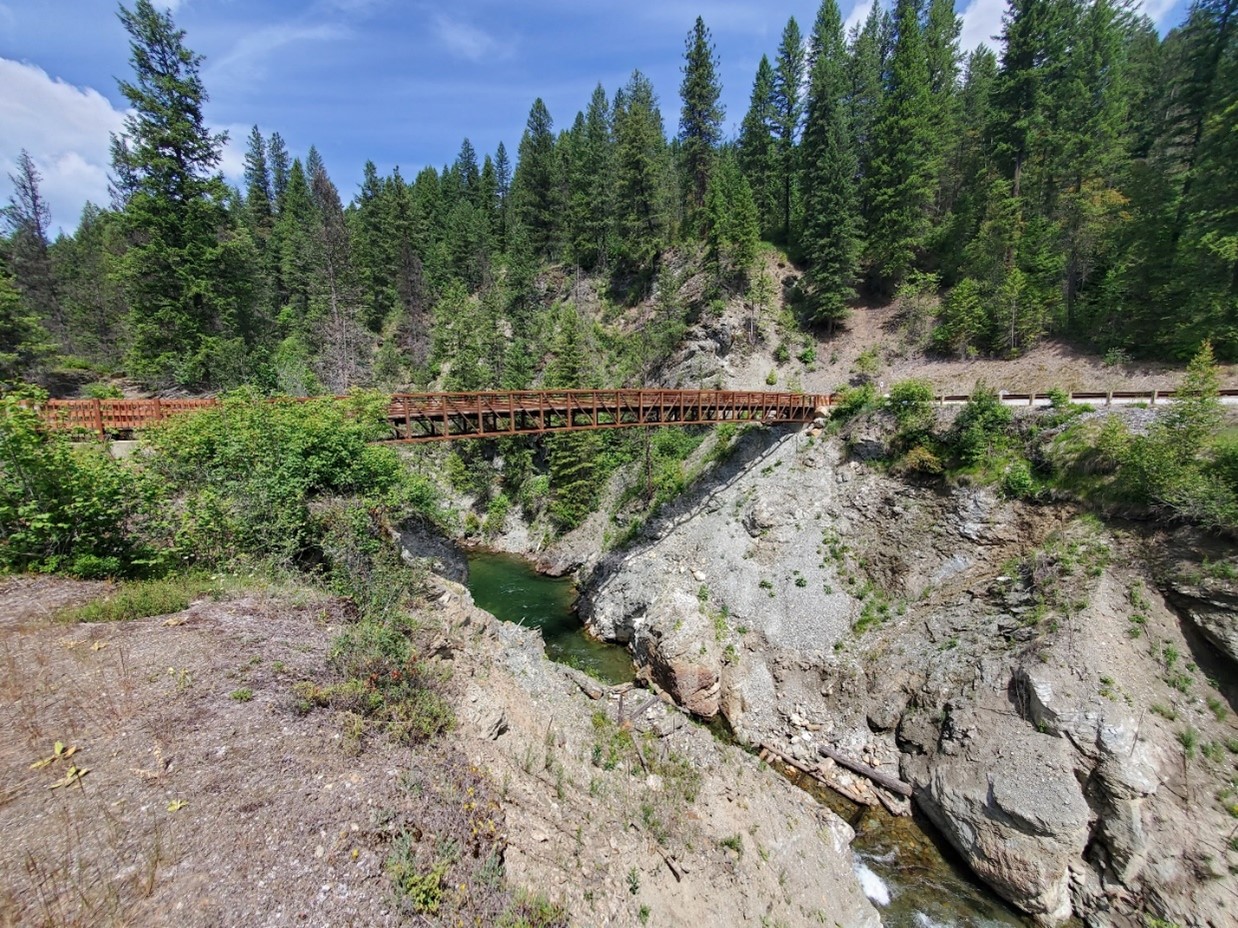
Why It Matters: Results of the Work
Owing to the COVID pandemic and recency of the project completion, compiling data for a complete data analysis has not been possible. Seattle City Light expects to begin collecting data on vegetation success in 2021 and will collect limited fisheries data in 2022 to document and begin to quantify project benefits and effectiveness.
Sullivan Creek is the largest and most important tributary to Boundary Reservoir. Its restoration is essential for maintaining and increasing the abundance and productivity of native fish populations. By taking an ecological approach to these projects focused on restoring watershed processes, City Light has increased watershed resiliency. This maximizes the environmental benefit of projects required by the license, reduces long-term maintenance costs, and supports the utility’s strong environmental values. It was the right thing to do, and we are proud of the results.
The National Hydropower Association (NHA) recognized Seattle City Light for its environmental enhancement efforts, naming the utility as a “Outstanding Steward of America’s Waters.”



